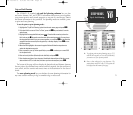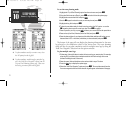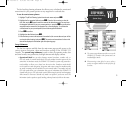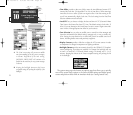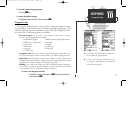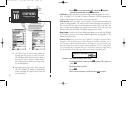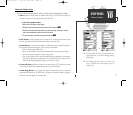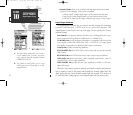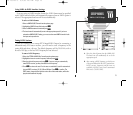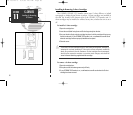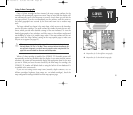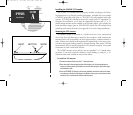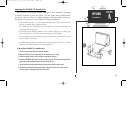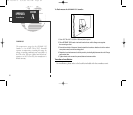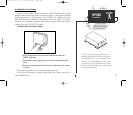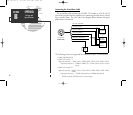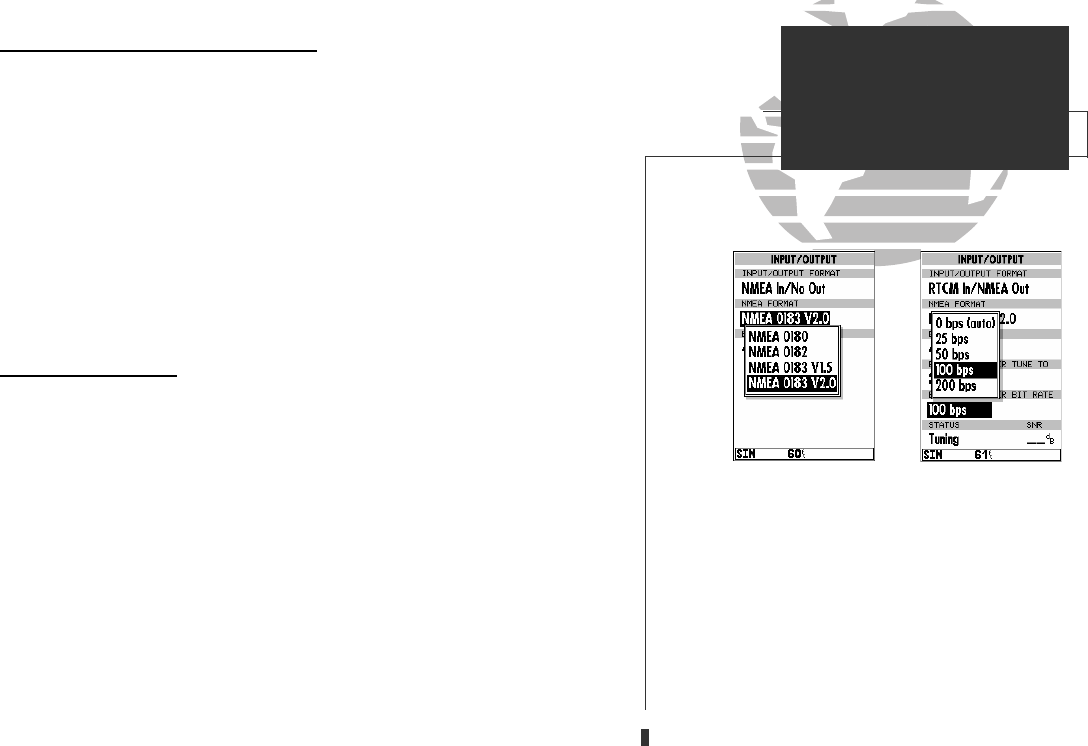
Using NMEA & DGPS Interface Settings
If you are using an NMEA interface format, the NMEA format must be specified
in the NMEA format field that will automatically appear when an NMEA option is
selected. The appropriate baud rate will be set automatically.
To select a NMEA format:
1. Select a NMEA IN/OUT format from the options page.
2. Highlight the NMEA Format field and press
T
.
3. Select a NMEA sentence format and press
T
.
4. The baud rate will automatically be set to the appropriate speed. If you have
selected an NMEA IN/OUT setting, you must use the same NMEA format for both
the input and output device.
Tuning DGPS Stations
If the I/O Format is set to accept RTCM input/NMEA Output for connecting a
differential-ready GPS beacon receiver, you will need to tune a frequency in the
tuning field and select a bit rate. The default frequency will be 304.0 kHz, with a
bit rate of 100 bps, or the last DGPS frequency/bit rate selected.
To tune a DGPS frequency:
1. Select the ‘RTCM In/NMEA Out’ format from the options page.
2. Highlight the beacon receiver frequency field and press
T
.
3. Enter the desired frequency and press
T
. If you are using an automatically-
tuned DGPS receiver, you may enter 000.0 for the frequency.
4. Press
T
to select a bit rate. Five bit rates are available: 0 (used for automatical-
ly-tuned DGPS receivers), 25, 50, 100 and 200 bps. Press
T
to confirm. The
DGPS status, along with the signal-to-noise ratio of the tuned station, will be dis-
played at the bottom of the page.
A. Select the desired format from the NMEA field.
The baud rate will automatically be set to the
appropriate speed.
B. After entering a DGPS frequency, set the bit rate
to the speed indicated on the USCG station chart.
DGPS coverage, frequencies and bit rates are
available from the Coast Guard’s automated
FAX service (703-313-5920).
79
AB
SECTION
10
SETUP MENUS
NMEA & DGPS Setup
GPS 135 Rev C 8/4/98 4:19 PM Page 79



